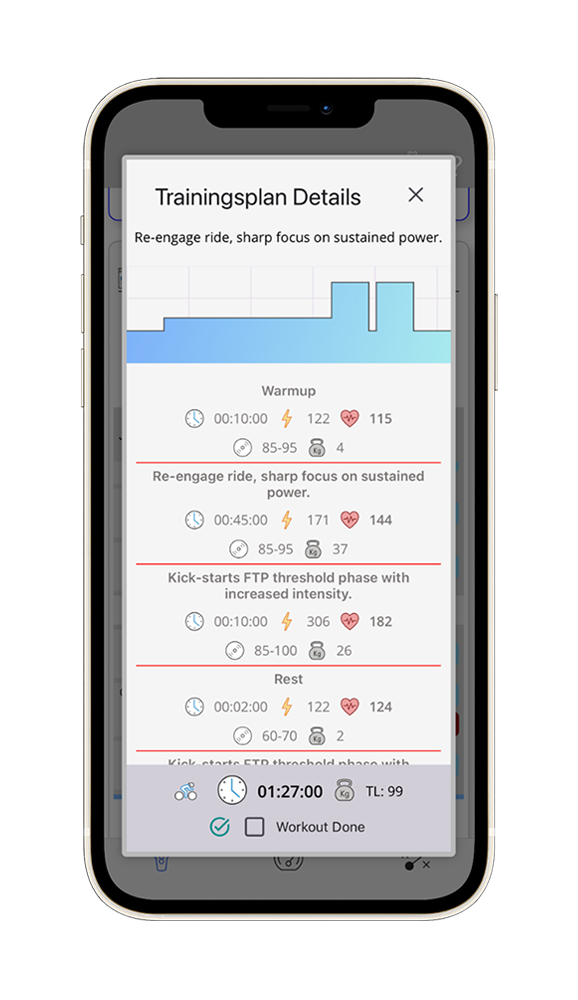In recent years, the world of cycling has experienced a technological revolution, with artificial intelligence (AI) playing a pivotal role in transforming the way cyclists train, compete, and enjoy their rides. From advanced performance analytics to personalized training plans, AI is making cycling more efficient, enjoyable, and accessible for riders of all levels. Let’s explore how AI is revolutionizing the cycling experience.
1. Performance Analytics
AI-powered tools are providing cyclists with unprecedented insights into their performance. By analyzing data from sensors, GPS devices, and wearables, AI can track metrics such as speed, cadence, heart rate, and power output. These insights help cyclists understand their strengths and weaknesses, optimize their training, and set realistic goals.
2. Personalized Training Plans
Gone are the days of one-size-fits-all training programs. AI algorithms can create personalized training plans tailored to an individual’s fitness level, goals, and preferences. By continuously analyzing performance data, AI can adjust the training plan in real-time, ensuring that cyclists are always training at the optimal intensity.
3. Injury Prevention
AI is also playing a crucial role in injury prevention. By monitoring biomechanical data and identifying patterns that may lead to injuries, AI can provide early warnings and suggest corrective actions. This proactive approach helps cyclists stay healthy and avoid downtime due to injuries.
4. Route Optimization
Planning the perfect route has never been easier, thanks to AI. By analyzing factors such as terrain, weather conditions, and traffic, AI can recommend the most efficient and enjoyable routes for cyclists. Whether you’re looking for a challenging climb or a scenic ride, AI can help you find the ideal path.
5. Virtual Coaching
AI-powered virtual coaches are becoming increasingly popular among cyclists. These digital coaches provide real-time feedback, motivation, and guidance during rides. By analyzing performance data and offering personalized tips, virtual coaches help cyclists improve their technique and achieve their goals.
6. Enhanced Safety
Safety is a top priority for cyclists, and AI is making significant strides in this area. AI-powered devices can detect potential hazards, such as approaching vehicles or obstacles, and alert cyclists in real-time. Additionally, AI can analyze crash data to identify high-risk areas and suggest safer routes.
7. Community and Social Engagement
AI is also enhancing the social aspect of cycling. By connecting cyclists with similar interests and fitness levels, AI-powered platforms foster a sense of community and camaraderie. Cyclists can join virtual group rides, participate in challenges, and share their achievements with others.
8. Future Innovations
The future of cycling and AI is full of exciting possibilities. From AI-driven bike maintenance systems that predict and prevent mechanical issues to advanced simulation tools that allow cyclists to train in virtual environments, the potential for innovation is limitless. As AI technology continues to evolve, it will undoubtedly bring even more transformative changes to the world of cycling.
AI is revolutionizing the cycling experience, making it more efficient, enjoyable, and safe. Whether you’re a casual rider or a competitive athlete, embracing AI-powered tools can help you unlock your full potential and take your cycling journey to new heights. So, gear up and get ready to ride into the future with AI by your side!



